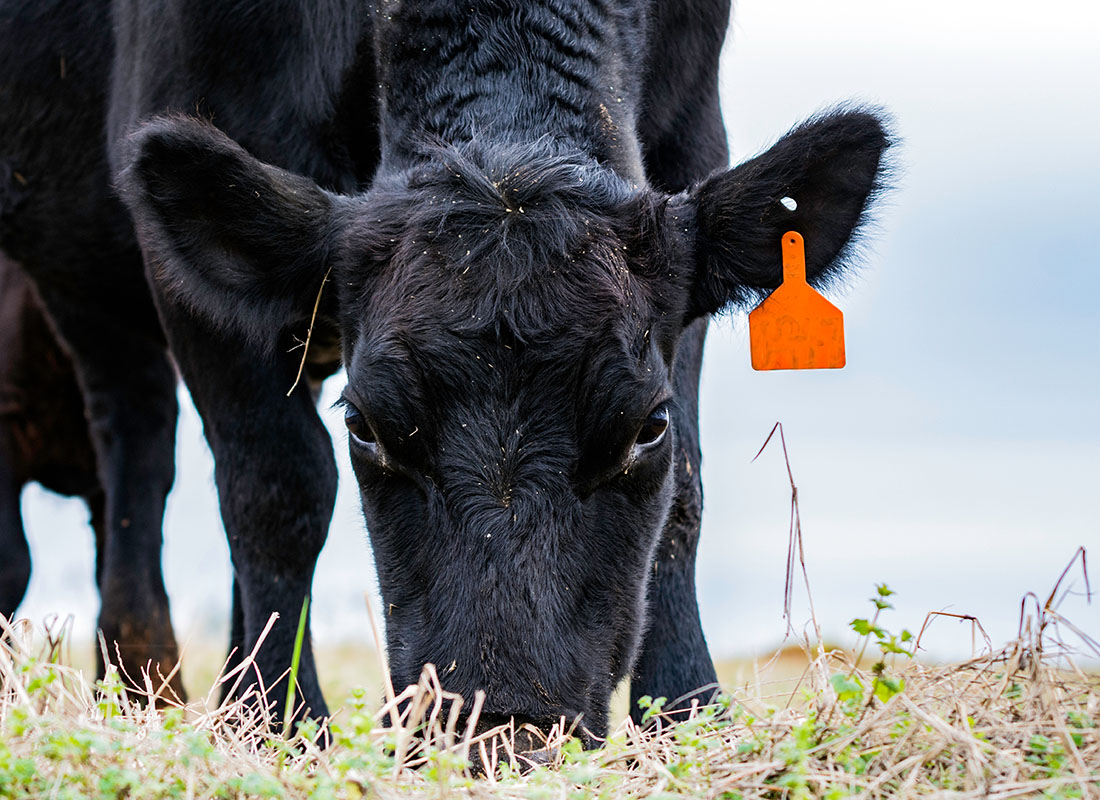Comprehending Livestock Threat Defense (LRP) Insurance Coverage: A Comprehensive Overview
Browsing the world of livestock danger protection (LRP) insurance coverage can be a complex venture for numerous in the farming industry. This type of insurance coverage provides a safety internet against market variations and unexpected scenarios that might affect livestock manufacturers. By understanding the ins and outs of LRP insurance policy, producers can make enlightened decisions that might guard their procedures from financial threats. From just how LRP insurance operates to the numerous protection options readily available, there is much to reveal in this extensive guide that can potentially form the means animals manufacturers approach threat management in their companies.

How LRP Insurance Coverage Works
Occasionally, comprehending the technicians of Livestock Danger Defense (LRP) insurance coverage can be intricate, yet breaking down how it works can provide clarity for farmers and breeders. LRP insurance is a threat management tool designed to shield livestock producers against unanticipated price declines. It's important to note that LRP insurance policy is not a revenue guarantee; instead, it concentrates exclusively on cost danger protection.
Qualification and Coverage Options

When it comes to coverage options, LRP insurance policy provides manufacturers the versatility to choose the protection level, insurance coverage duration, and endorsements that finest match their threat monitoring demands. By recognizing the eligibility requirements and coverage alternatives readily available, animals producers can make enlightened choices to manage threat properly.
Pros and Cons of LRP Insurance Policy
When examining Livestock Danger Protection (LRP) insurance policy, it is necessary for livestock manufacturers to weigh the advantages and disadvantages intrinsic in this risk management tool.

Among the primary benefits of LRP insurance policy is its ability to provide defense versus a decline in livestock prices. This can assist secure producers from monetary losses arising from market changes. In addition, LRP insurance offers a level of adaptability, permitting producers to customize protection levels and plan durations to match their details needs. By securing a guaranteed rate for their livestock, manufacturers can much better manage risk and prepare for the future.
Nevertheless, there are also some drawbacks to take into consideration. One constraint of LRP insurance is that it does not shield versus all types of risks, such as disease break outs or natural calamities. Costs can sometimes be costly, especially for producers with big livestock herds. It is important for producers to thoroughly evaluate their specific risk direct exposure and financial circumstance to identify if LRP insurance policy is the best risk management device for their procedure.
Recognizing LRP Insurance Coverage Premiums

Tips for Optimizing LRP Advantages
Taking full advantage of the advantages of Livestock Risk Security (LRP) insurance needs tactical preparation and aggressive danger monitoring - Bagley Risk Management. To maximize your LRP coverage, consider the complying with pointers:
On A Regular Basis Evaluate Market Problems: Remain informed about market patterns and price fluctuations in the livestock industry. By keeping an eye on these elements, you can make informed decisions concerning when to purchase LRP protection to protect against potential losses.
Set Realistic Protection Levels: When selecting insurance coverage degrees, consider your manufacturing costs, market price of animals, and prospective threats - Bagley Risk Management. Setting sensible coverage levels guarantees that you are adequately protected without overpaying for unneeded insurance coverage
Expand Your Protection: As opposed to depending only on LRP insurance, take into consideration diversifying your threat monitoring approaches. Incorporating LRP with various other risk administration tools such as futures contracts or alternatives can provide extensive coverage versus market uncertainties.
Testimonial and Change Protection Regularly: As market conditions transform, regularly assess your LRP insurance coverage to ensure it aligns with your present danger direct exposure. Readjusting insurance coverage levels and timing of purchases can aid maximize your threat defense strategy. By following these pointers, you can maximize the benefits of LRP insurance coverage and secure your animals operation against unforeseen dangers.
Final Thought
In conclusion, animals risk protection (LRP) insurance coverage is a useful device for farmers to handle the financial threats related to their livestock procedures. By recognizing exactly how LRP works, qualification and coverage options, in addition to the pros and cons of this insurance, farmers can make educated decisions to safeguard their source of incomes. By very carefully considering LRP premiums and carrying out strategies to take full advantage of advantages, farmers can mitigate possible losses and make sure the sustainability of their procedures.
Livestock producers interested in acquiring Livestock Risk Defense (LRP) insurance policy can discover a variety of eligibility requirements and insurance coverage choices customized to their details animals procedures.When it comes to coverage choices, LRP insurance offers producers the flexibility to choose the protection degree, insurance coverage period, and recommendations that best suit read here their risk management demands.To comprehend the details of Livestock Risk Protection (LRP) insurance coverage completely, recognizing the elements influencing LRP insurance premiums is crucial. LRP insurance coverage premiums are established by various aspects, consisting of the protection degree selected, the expected rate of animals at the end of the coverage period, the type of animals being insured, and the length of the protection period.Testimonial and Readjust Insurance Coverage Consistently: As market problems transform, regularly evaluate your LRP insurance coverage to guarantee it lines up with your try this site existing danger exposure.